Understanding the Web and How It Works
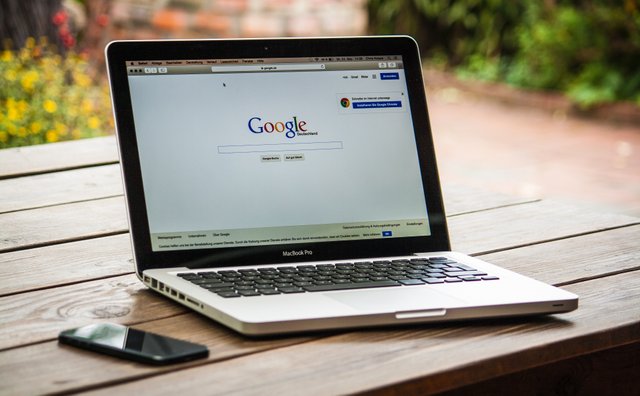
Right now while reading this article, you are surfing the web, or should you maybe just simply say, the internet ?
Well, you can follow along this article to get a few more insights on this topic and grasp a lot of concepts and things related to it, that is if you don't have a significant idea and previous knowledge on them.
So what is the Web ?
The web is essentially a part of the internet, and to define it in basic terms, the web is a large network connecting a group of machines and their documents.
But what does that mean anyway ?
To understand this all, let's make a general and rounded explanation of some other essentials needed to know about this topic.
First of all let's explain what is the internet.
The internet is the mother network of connections between computers and devices that can be located anywhere in the world, and that includes your computer at home, a tablet in Papua New Guinea, Paris, Antananarivo... I think that clears the idea.
The Internet has covered and linked every place in the world by now, and that is mainly done through large networks of cables across the seas and also through many wireless networks, but also a few different ways that are still being studied and invented.
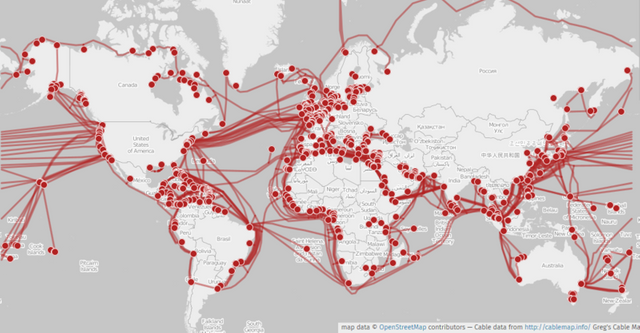
Image Credits: Greg Mahlknecht / www.cablemap.info
The internet can provide many services of exchanged relations and communications between devices and it started between computers.
Among these services we can cite:
• The web: and it is a large regrouping of machines and the information they provide, and that consists mainly in websites and all the stuff they contain and that is related to them.
You can access the web by using web browsers like Google Chrome, Opera, Safari...etc
The web is the most used Internet service, so much so that it became known in popular culture as the Internet itself.
• E-mails: and they are electronic mails used for communication between devices, they were first used on computers, and had their data stored on them; unlike the widespread "E-mails on Cloud" that are the most common today and that you access via the Web.
I guess Microsoft Outlook is ringing a few bells for some people in this context.
• Newsgroups: the ancestors of forums.
• FTP: a way of exchanging information between computers.
and there are also a few others.
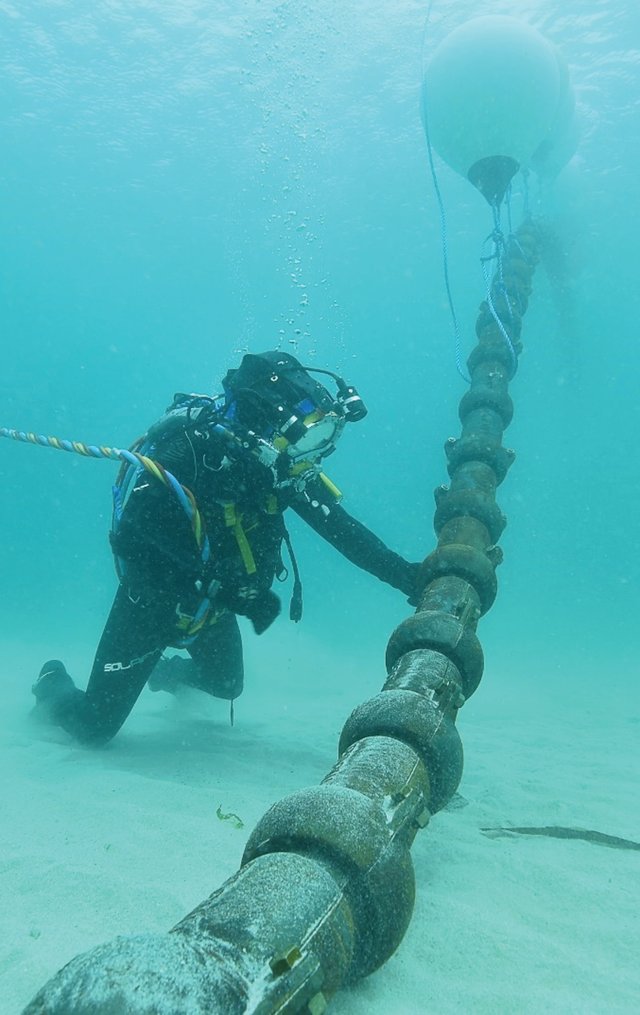
Under the sea Internet cables
Are things still not that very clear ?
Well, in the grand scheme of things, imagine the web as a wrapped up part inside the internet.
The web is in simple terms a group of machines and their documents (web pages), the internet serves as the 'driving' communication process and is the one establishing the exchanges of information.
When surfing on the web, mostly via web browsers, the displayed information is web pages.
These web pages are in their brute form large bits of information and data stocked and stored on physical servers which in some cases take big rooms and physical storing spaces.
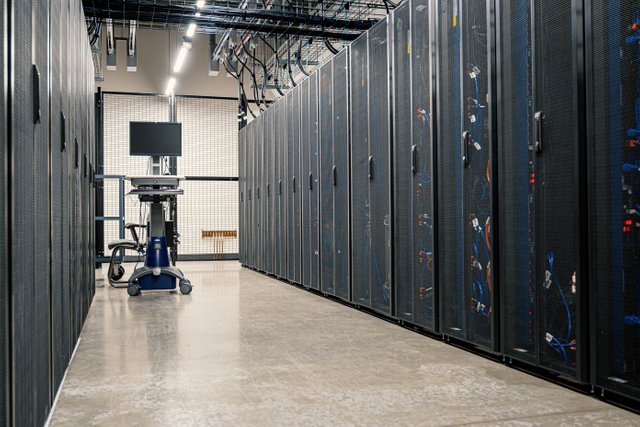
An example of a data center
And now that you had a little glimpse on the fact that the web is one constituting part of the internet, let's now dive more into understanding the web itself deeper.
As we said earlier the web is a group of machines that store information, which translates mainly into websites and platforms that can display more and more data and files of all types as more and more innovations are made.
It can be accessed with devices that can host web browsers and web applications in general like: computers, phones, tablets...etc; and an Internet connection, both of which are necessary.

When exploring the web, the one type of information that you see reappearing is web pages. Web pages are pages that will appear on the screen of your device and they include text, image, video, audio and a few other things.
They are passed around the web using a protocol called HTTP: (Hypertext Transfer Protocol) on which these web communications are based. From its name you can guess that this is a protocol that transfers hypertext.
But what is a hypertext you may ask ?
Well, you should know that these pages are written in a language that is responsible for structure, shape and formatting; it is this language that dictates the way information like images, text, videos, audio and others are presented and distributed.
This language is called HTML: (Hypertext Markup Language) and it defines the way information is presented and eventually allows it to be translated by web browsers.
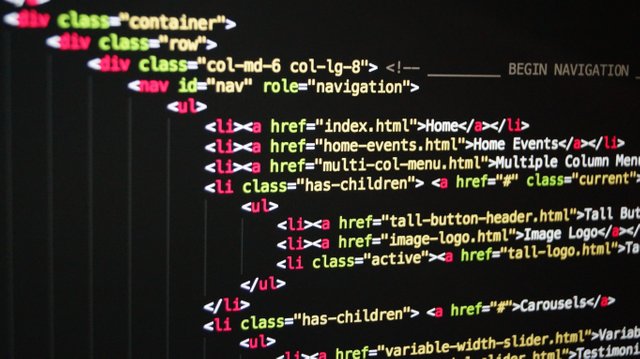
A sample of HTML code
HTML also works with a complementary language called CSS: (Cascading Style Sheets).
In simple terms the first focuses on creating and defining the 'building blocks' of the layout of web pages, while the latter is for the beauty and appearance aspect of it as it defines the style, shapes the presented final look and enhances the "decoration" and the aesthetic aspect, therefore serving as a 'support' language.
This separation allows to have a simpler, cleaner and easier work when designing web pages, and therefore avoiding big chunks of condensed and confusing code.
Web Communication
OK, so now that you know more about web basics, let's go deeper into how web communications happen.
On the web, communication work in a client-server relationship.
☒ The client is the machine that will send the request for a web page.
☒ The server is the machine located elsewhere that will serve what was requested.
It's like opening files from other computers, anywhere in the world.
Each website is stored on a certain machine somewhere, and this is where web hosting companies come into play to provide the possibility of, well... hosting websites on physical platforms.
I think this little explanation here may explain the term 'web surfing', it is very much like surfing in a big open sea where you can go to any existing destination you ask for.
Each machine on the internet has an IP(Internet Protocol) adress, it is structured as 4 numbers separated by dots, like 45.13.505.32.
The same thing applies to web pages, where each one has its IP adress.
But to access them you only need to enter the website's name; this is made possible by global system called DNS or Domain Name System which makes the translation between assigned website names and their corresponding IP adresses.
✍✉✉
✎Well, I guess that was quite a lengthy read until now ?
These were some of the most basic concepts that revolve around how the web works.
It might be needless to say that this is a vast domain that contains many divergent details, and this was an attempt of explaining things in a broader manner, and hopefully it was successful in transmitting some unknown concepts. ✍✍
This is a one-time notice from SCHOOL OF MINNOWS, a free value added service on steem.
Getting started on steem can be super hard on these social platforms 😪 but luckily there is some communities that help support the little guy 😊, you might like school of minnows, we join forces with lots of other small accounts to help each other grow!
Finally a good curation trail that helps its users achieve rapid growth, its fun on a bun! check it out. https://plug.sh/somlanding/